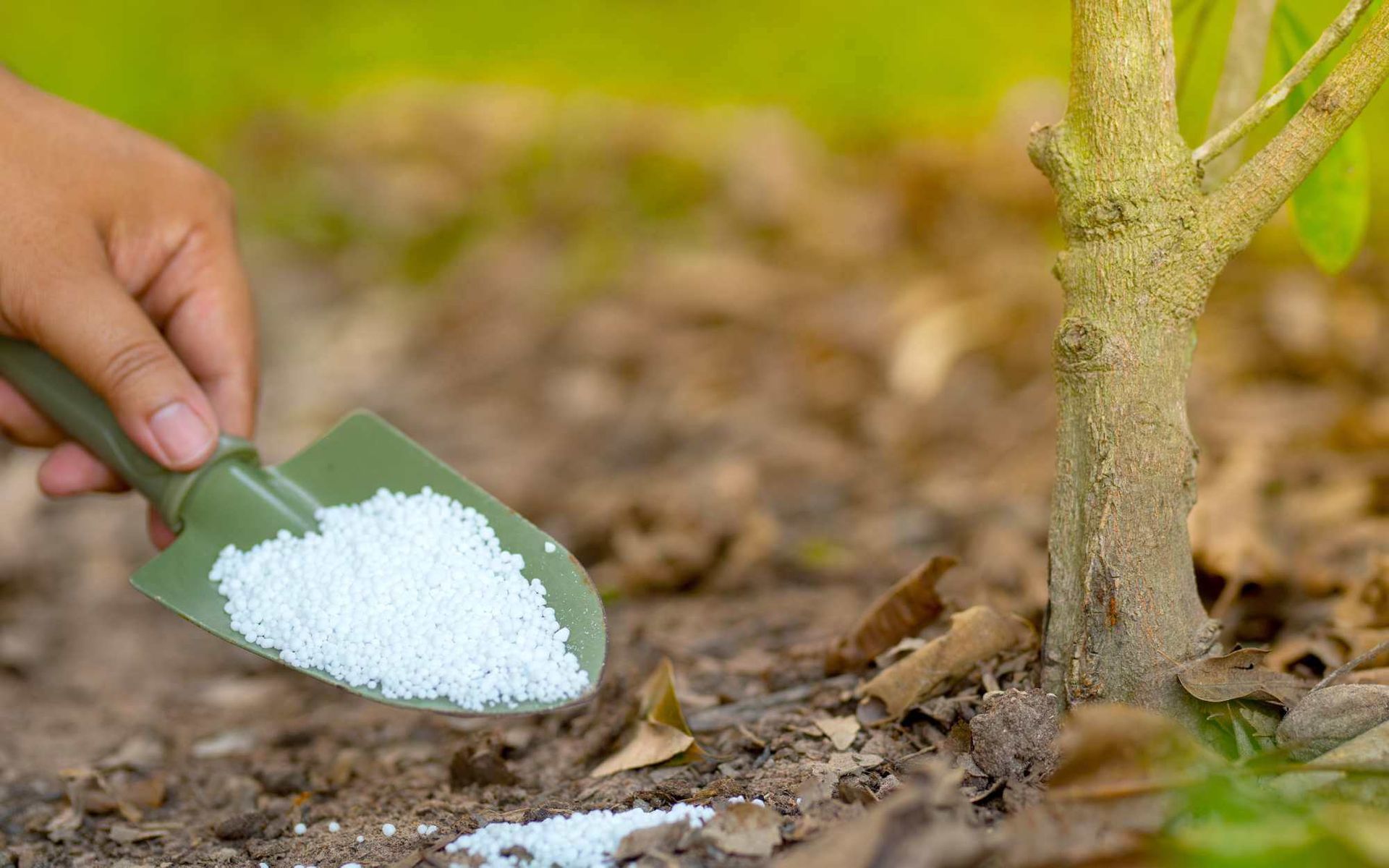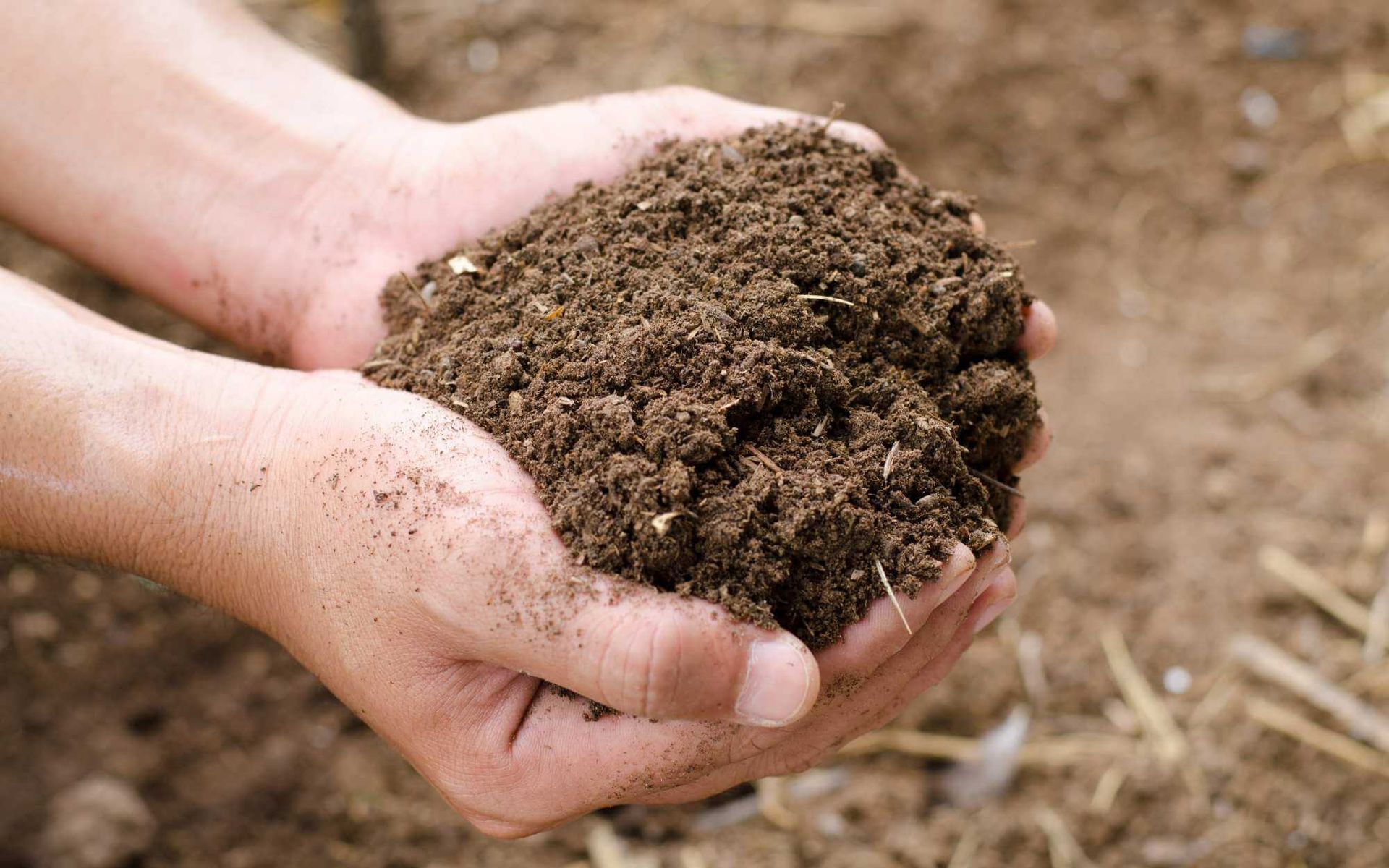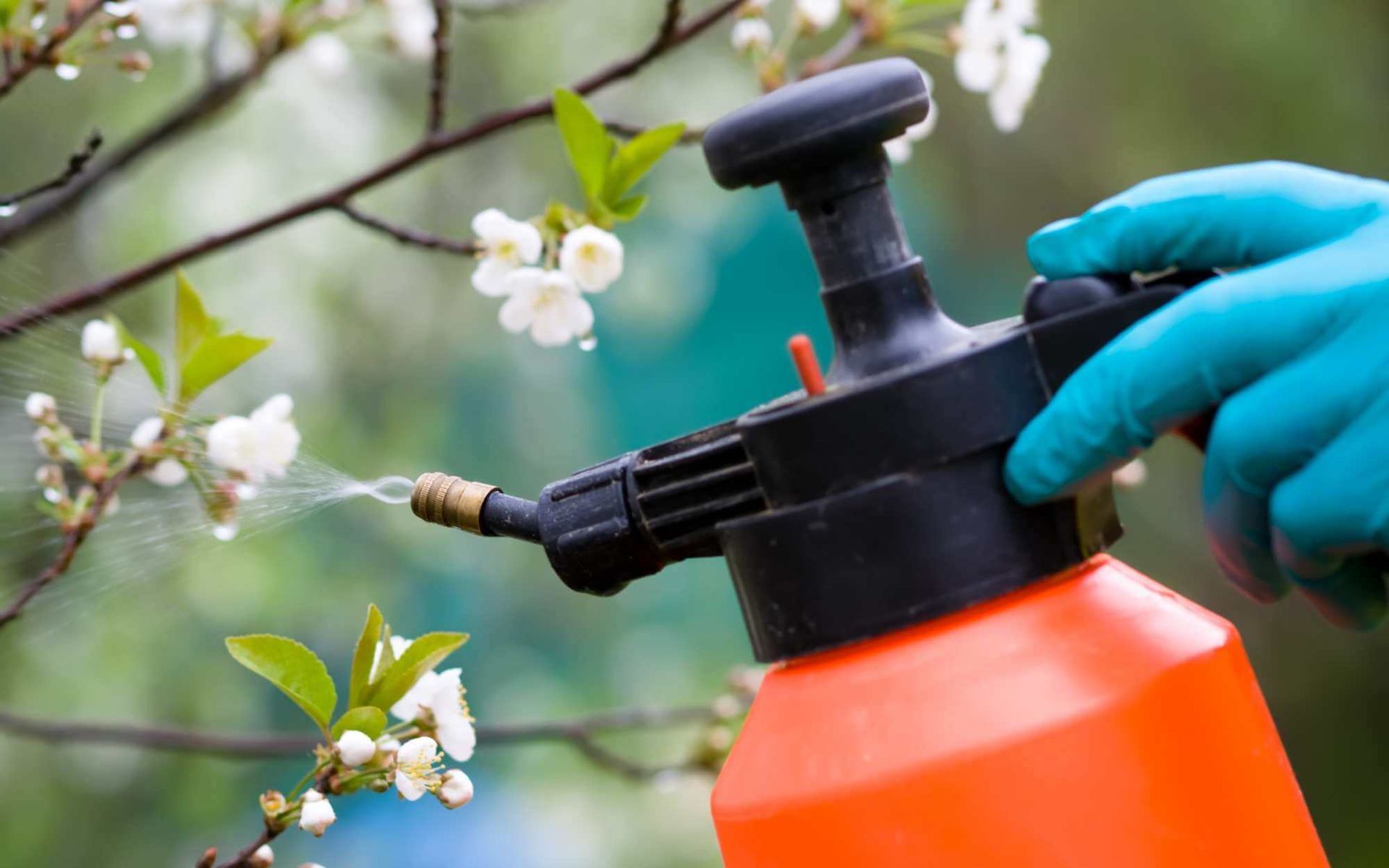Real Tree Team
Arborist, Tree Service and Tree Removal Services
License #: FL-10250A
CALL FOR A FREE QUOTE!
Strategies for Maximizing Growth with Tree Fertilization
PUBLISHED ON
SHARE THIS ARTICLE

In the world of arboriculture, the importance of proper tree fertilization cannot be overstated. It's the cornerstone of healthy, thriving trees, playing a pivotal role in maximizing growth and sustaining the overall tree health.
Just like humans, trees too, require certain nutrients to function and grow. However, sometimes the soil doesn't provide these essential nutrients, creating a need for fertilization.
The following blog delves into the intricacies of tree fertilization, offering valuable strategies and insights to help you maximize tree growth and ensure your green friends flourish. Stay tuned and unlock the secrets of a lush, vibrant landscape.
Understanding Tree Fertilization
Tree fertilization replenishes nutrient deficiencies, encourages robust tree growth, increases disease resistance, and enhances aesthetic appeal. It also mitigates the effects of harsh environmental conditions, providing an overall health boost for your trees.
However, common misconceptions prevail. Many believe that all trees require fertilization, but not all soils are nutrient-deficient. Over-fertilization can lead to excessive, weak growth and render trees more susceptible to pests and diseases.
Another myth is that fertilizers act as 'tree food'. In truth, trees create their food through photosynthesis; fertilizers simply provide essential nutrients that the soil might lack.
Understanding these aspects is crucial for effective tree care and maintenance.
Choosing the Right Fertilizer

When choosing a fertilizer for your trees, consider the following factors:
- Soil Type: Different soils have varying nutrient compositions. Conduct a soil test to identify nutrient deficiency symptoms before choosing a fertilizer.
- Tree Species: Different tree species have unique nutrient requirements. Research your tree's specific needs.
- Local Climate: The weather conditions in your area can affect nutrient absorption. South Florida trees often need fertilizers that counter the nutrient-leaching effects of frequent rain.
- Nutrient Balance: Look for a balanced N-P-K ratio (Nitrogen-Phosphorus-Potassium) in both dry and liquid fertilizers.
For South Florida trees, consider a dry or liquid fertilizer like:
- I.F.A.S.: A slow-release nitrogen fertilizer, ideal for South Florida's sandy soils.
- Milorganite: A granular fertilizer that improves soil structure and promotes healthy growth.
- Jobe’s Tree Fertilizer Spikes: These reduce nutrient runoff and are easy to apply.
Fertilization Techniques for Trees
Applying fertilizer to trees requires careful consideration and technique. Consider the following best practices:
- Do Test Soil: Before you apply fertilizer, conduct a soil test to identify nutrient deficiencies.
- Don't Guess: Never guess the quantity of fertilizer needed. Over-fertilization can harm your trees.
- Do Follow Instructions: Always follow manufacturer instructions when applying fertilizer.
- Don't Fertilize Newly Planted Trees: Wait until the next growing season before fertilizing newly planted trees.
- Do Apply at the Right Time: The best time to fertilize trees is during their dormant season.
- Don't Spread Near Trunk: Avoid spreading fertilizer near the tree trunk as it may cause damage.
- Do Water After Fertilizing: Ensure to water after applying fertilizer to aid in nutrient absorption.
- Don't Ignore Weather: Avoid fertilizing before heavy rainfall to prevent nutrient runoff.
Frequency and Timing

In South Florida, generally, trees should be fertilized two to three times per year: in the spring, early summer, and fall. The region's frequent rainfall tends to leach nutrients from the soil, making regular fertilization critical. However, the exact timing and frequency depend on the tree species and its health. Newly planted trees should only be fertilized after their first year.
To ensure landscape plants absorb nutrients, fertilize just before the plant growth season when trees are dormant and soil pH is optimal. Avoid fertilizing in late fall, as it could stimulate new growth, leaving trees vulnerable to cold weather damage. Always follow a soil test's recommendations.
Additional Tree Growth Enhancement Tips
- Watering: Deep water young trees for the first two years. Mature trees require less - water every 2-3 weeks in summer and monthly in winter.
- Mulching: Apply a 2-4 inch layer of mulch around trees, keeping it away from the trunk. This maintains soil moisture and prevents weed growth.
- Inspect Regularly: Check trees for signs of disease or pests regularly. Early detection ensures effective treatment.
- Prune Properly: Pruning removes diseased branches, reducing the spread of tree diseases.
- Use Pesticides Wisely: Use appropriate pesticides for identified pests. Overuse can harm beneficial insects.
- Maintain Soil Health: Regularly test and amend soil to ensure it provides necessary nutrients.
Start maximizing growth with tree fertilization today!
Fertilizing trees in South Florida hinges on understanding your soil's nutrient composition, the specific needs of your tree species, and the impact of local climate conditions. Regular soil testing and sensible fertilizer application can support plant growth and promote resistance to diseases and pests.
Start with these tips, but remember: for personalized guidance and expert care, reach out to a
professional arborist today. Your trees deserve the best!
Want a free quote or some friendly advice? Call our team today:
More Posts From The Real Tree Blog:
ISA Certified Arborists. Licensed, Insured and Bonded.
Providing the Highest Quality Tree Services to South Florida since 1993.
FOLLOW US ON :
Contact Details
BROWARD & PALM BEACH COUNTIES
Site Links

LGBTQ+ Friendly

ISA Certified Arborist®
FL-10250A
| Real Tree Trimming & Landscaping, Inc




